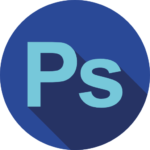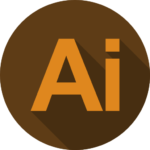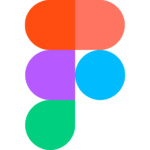
Enroll for the most Advanced
UI UX Design Course in India
- UI UX Design Course Course with Placement Guarantee in Mumbai
- Basic to Advance Classroom Training Program (Mumbai)
- Highly Experienced, Certified Faculty
- Hands-on, Practical Approach


Training
- 8 months intensive training program
- Practical Approach
- International Certificates
Faculties
- In-house Industry Experts
- International/Visiting Faculties
Exposure
- Learn from International Perspective
- Network with industry leaders
Career
- Resume Building
- Portfolio Building
- Mock Interviews
- 100% Placement Guarantee

Who We Are
At Digifine, you will learn the basics to advanced concepts of UI UX design through comprehensive modules with practical approach. The UI UX course here is taught by highly experienced faculty who help you get incredible industry exposure through live projects and immersive assignments. You will also be trained on relevant UI UX design tools and skills while getting professional certifications.
UI UX DESIGN Course Modules
Why Choose Our UI / UX Design Course in Mumbai?

Students who are looking to learn UI / UX Design skills and apply their creativity should choose our best UI UX Design course. Our UI / UX Design Program in Mumbai is the ultimate course for aspirants looking to make a career in UI / UX Design. It is taught by experienced industry professionals who train students through several live projects to make them industry-ready. The course covers advanced software and extensive modules, among other aspects of UI / UX designing. It is the only course you’ll ever need to do to master UI / UX design. It will open up many exciting and lucrative career opportunities for you. You can work from anywhere around the globe, be a vital part of building any brand, and earn well for your skills.
UI UX Design Course Projects

Financial App
Our UI/UX Course in Mumbai and Pune provides students with hands-on experience in creating industry-relevant UI/UX designs for financial apps. Gain practical skills in the dynamic field of user interface and user experience design in Mumbai and Pune’s thriving design communities

Travel App
Explore the world of Accommodation App design with our UI/UX Course in Mumbai and Pune. From understanding user needs to creating intuitive interfaces, delve into the intricacies of designing for accommodation platforms. Join us and enhance your skills in Mumbai and Pune’s vibrant UI/UX design community

OTT App
Discover the realm of E-commerce App with our UI/UX Course in Mumbai and Pune. From mastering user-centric design principles to creating intuitive interfaces, delve into the intricacies of E-commerce UX/UI. Join us and elevate your skills in Mumbai and Pune’s vibrant design scene

E-Commerce App
Discover the realm of E-commerce App design with our UI/UX Course in Mumbai and Pune. From mastering user-centric design principles to creating intuitive interfaces, delve into the intricacies of E-commerce UX/UI. Join us and elevate your skills in Mumbai and Pune’s vibrant design scene
Students Placed At
Discover the success stories of our students! Explore the logos below to see where our graduates have been placed, showcasing the caliber of our programs and the opportunities they unlock.
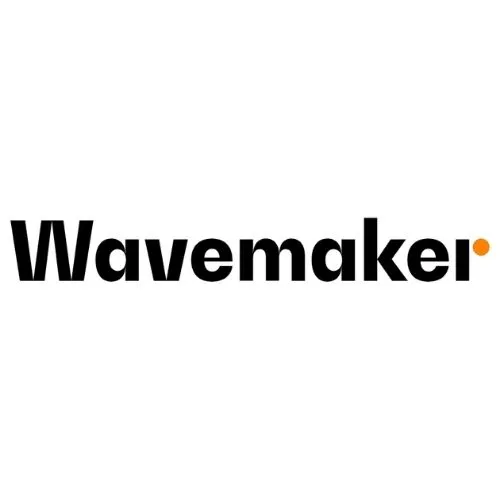
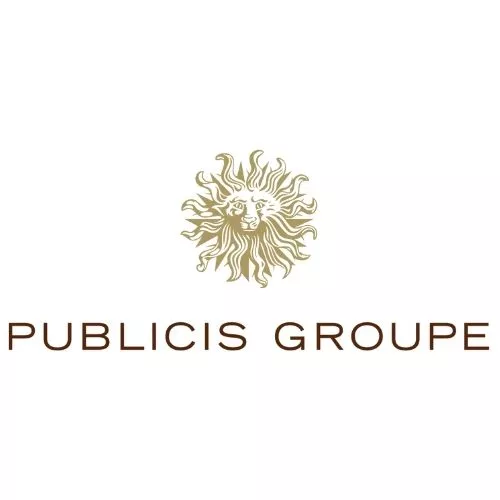





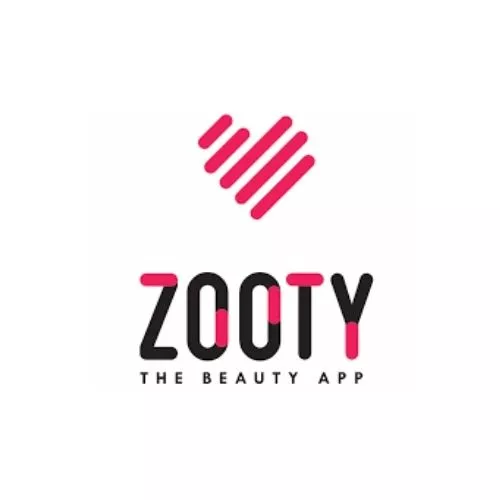
How Can I Make a Career in UI UX Design?
Who can enrol for the Digifine UI UX Design Course Program?

Digifine’s UI UX design courses are well-suited for everyone irrespective of their background or experience. Anyone can sign up for their UI UX Design Program, whether you are a school or college student, working professional, entrepreneur or are simply interested in learning graphic design. These UI UX classes are designed by supportive industry experts who train you right from the basics, through unique modules and live projects. Take your time and master all the essential UI UX skills and tools with Digifine Academy!
Students Testimonial
Explore what our students have to say. From success stories to personal growth, discover how we’re making a difference. Join us and be inspired.
Enquire Now
Ready to take the next step? Get in touch with us today to start your journey. We’re here to answer your questions and provide you with all the information you need. Reach out now and let’s begin your adventure together.




